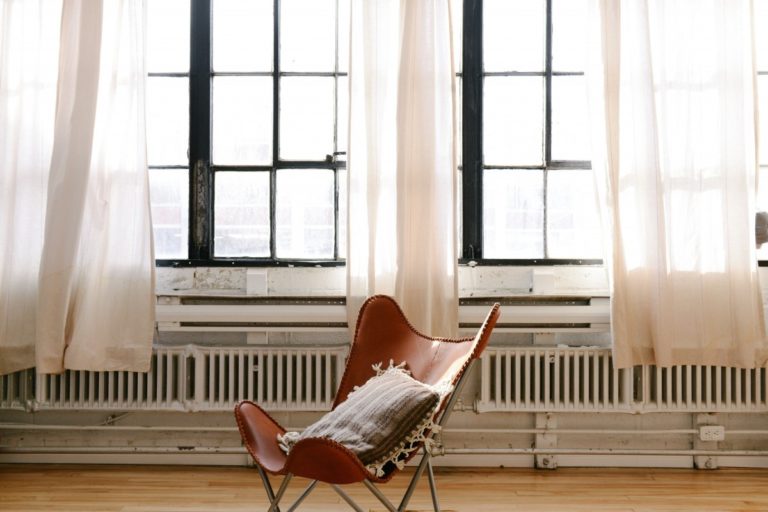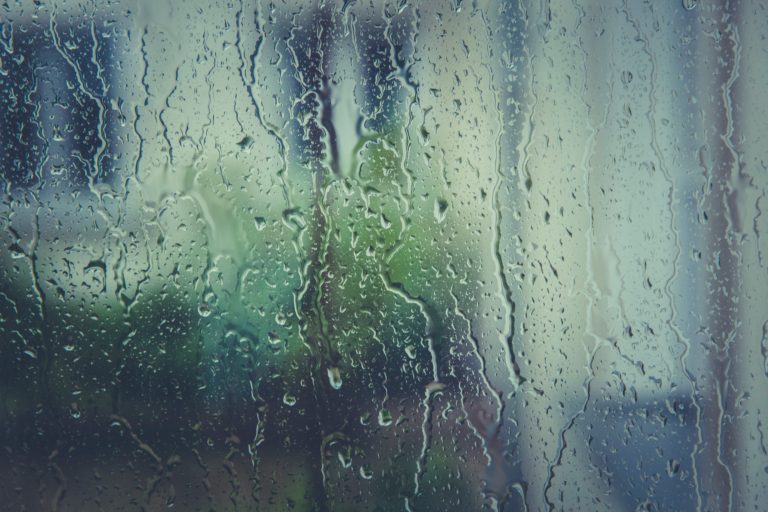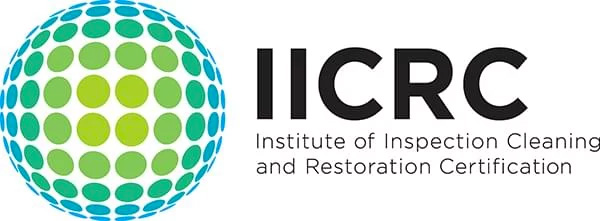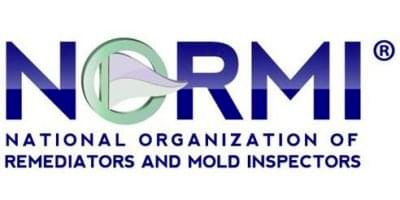How to Prevent Mold in Your House
As a homeowner, having mold in your home can be quite a nightmare.
Why? Aside from affecting your home’s aesthetic and degrading its air quality, mold can be very dangerous to your health.
In many cases, you or members of your household can begin to experience allergic reactions, skin irritations, or come into contact with harmful toxins. And if that’s not bad enough, getting rid of mold can be very costly and time-consuming.
Unfortunately, mold can grow on almost anything; including carpets, food, clothing, walls, and so many other hidden spots in your home. This is why it’s imperative to do frequent checks to ensure that you keep these pesky fungi at bay.

If you are looking for ways to shield your home from a mold infection, this post contains a detailed guide on how to do so.
But first, we’ll equip you with the basics: the causes, conditions, and environments that encourage mold growth.
What Causes Mold?
Under most circumstances, mold requires only three things to thrive;
- Spores (Seeds) – Often blown in from outdoors through openings like windows, doors, and AC vents
- Food – From dust or organic materials including paper, rotting food and pet droppings
- Moisture – From cooking, wet household items, excess humidity, poor ventilation, and plumbing leaks
This means that the best way to prevent a mold problem is to ensure that the presence of these three elements is limited. But how do you know if you need to do more than prevention?
How Can You Tell If You Already Have a Mold Problem?
As important as prevention is, you must also be sure that you don’t already have mold in your house.
During the early stages, it’s almost impossible to detect the presence of these fungi.
Mold is mainly characterized by a musty odor, watermarks on the walls or ceilings, and colored clusters of soft, furry, or tiny growths.
If you have pets, you should search for hidden droppings around the house; and remember to check for fallen food particles too.
Also, if you have a bat infestation, then you should consider calling an exterminator since their droppings and urine provide both food and moisture for mold formation.
Once you are sure that there are no signs of mold in your house, it becomes easier for you to put preventive measures in place.
How to Prevent Mold in Your House

In a nutshell, the best and most efficient way to prevent mold formation is to ensure that mold’s three needs (spores, food source, and moisture) are not available.
This means practicing high levels of hygiene at all times and in every part of your house.
Here’s a list of five vital things you should do to prevent mold formation:
1. Minimize the humidity in and around your house.
Moisture is the biggest contributor to mold development. If your home is always warm and humid, then there’s a high chance of mold forming.
Without moisture, these fungi don’t stand a chance of survival. That’s why, if you minimize their moisture supply, you will have reduced the chance of mold formation.
So, where does moisture come from and how can you limit or reduce it? Well, in our day to day lives, we do a lot of things that can increase humidity. Whether the moisture comes from cooking, taking a hot bath, drying laundry, or even sweating, there’s always something/someone pumping moisture into the air. Here are a few things you can do to reduce the presence of moisture in your home:
- Dry any wet or damp items in the house
- Fix plumbing leaks (if there are any)
- Install an exhaust fan to use during and after a bath
- Try dehumidifying your basement or attic every once in a while
- Improve your ventilation system
- Avoid having pools of water around your house
- Directly drain water away from the house
- Open your bathroom windows during showers (when it’s safe to do so)
- Ensure there’s proper ventilation in your house whenever you are cooking and so on
2. Limit access to their food
Aside from moisture, these kinds of fungi also need a food source.
You should, however, note that they can still grow on dust. That’s why getting rid of moisture is always the best way to win the fight against mold in your house.
When looking to limit the amount of food accessible to mold, there are a few things that you can do.
- Make sure that there are no food particles lying around your home.
- If you have a pet, make sure that its ceramics are clean and free of any organic matter when not in use.
- Get rid of rotting food.
- And most importantly, store your food in a cool and dry place. These two conditions greatly lower the chances of mold growth.
3. Stay squeaky clean
As mentioned earlier, mold needs three items – spores, food, and moisture – to thrive.
If you exercise frequent and thorough cleaning, it becomes easy to limit the availability of these items.
A house that is always clean means that spores never get a chance to set roots or grow.
But unfortunately, cleaning only helps to prevent spores from taking root, you still have to worry about the tiny spores present in your home’s air circulation.
And that’s where air filters come in handy.
4. Improve your home’s ventilation

Another great way of preventing the formation and growth of mold is by making sure that there is proper ventilation.
This not only encourages the free flow of air, but it also helps to keep the humidity at manageable levels.
Rooms that are prone to high humidity (kitchens, bathrooms, and bedrooms) should be at the top of your priority list.
Always open your windows when doing something that’s releasing lots of vapor/moisture into the air.
4. Use mold-resistant products
Nowadays, there are a number of mold-resistant products you can use when building or renovating your house.
From drywalls to sheetrock, you can use different types of resistant materials to build a mold-proof home.
That’s not all! Some paints come with mold inhibitors; putting all your wall and ceiling-mold worries to rest.
Additional Mold Prevention Tips
Other simple, yet effective, ways to keep mold off your home include:
- Cleaning and repairing damaged roof gutters
- Frequently monitoring your home’s humidity levels
- Shielding your household plants from these fungi
- Cleaning air vents and windows
- Decluttering your living space
- And adding a little bit of sunshine into your home
Evidently, getting rid of mold in your house is not as easy as putting preventive measures into play. That’s why it’s always wise to be proactive with your home.
Prevention not only saves you money, time, and effort but it also gives you piece of mind, knowing that you and your family are living in a clean and healthy space.


